Cultural Heritage
According to article 216 of the Federal Constitution, Cultural Heritage comprises a broad set of references produced by society. All forms of expression, such as ways of creating, doing and living, as well as scientific, artistic and technological creations, works, objects, documents, buildings and other spaces intended for artistic and cultural manifestations and, also, urban complexes and sites of historical, scenic, artistic, archaeological, paleontological, ecological and scientific value, which refer to Brazilian society, constitute the so-called Cultural Heritage.
Cultural Heritage Management
Copel collaborates with the preservation of culture and national history by means of studies on the cultural heritage preserved in the regions where its projects are implemented.
The surveys are developed on the material heritage (archaeological sites; buildings and movable assets that have been or are in the process of being listed for conservation; and assets that hold the memory of the railway network, valued by the competent body) and intangible heritage (festivals, celebrations, ways of doing things, and places that have been registered or are in the process of being registered).
The research aims, on the one hand, to survey the cultural potential (material and immaterial) of the region, and, on the other hand, to identify and protect the cultural assets that are recognized or in the process of being recognized. The objective is to propose and implement measures for the preservation, valuation, and disclosure of the archeological, historic, artistic, and cultural heritage.
The sensitization of society to the importance of the measures occurs through integrated programs of heritage education, carried out as a result of the research developed, as well as the disclosure of the work, in academic circles and in publications aimed at the population as a whole.
In addition to excellence in the provision of power generation, transmission and distribution services, Copel plays a fundamental role in Brazilian society, acting as a catalyst of good social and corporate practices. This fact is evidenced by means of preventive and educational actions taken by the Company in the field of Cultural Heritage as a result of the installation of its energy undertakings. The goal is to protect and promote the country’s cultural assets, ensuring their permanence and enjoyment by present and future generations.
Copel trains multipliers among school teachers and carries out Integrated Heritage Education programs for its undertakings, aimed at various audiences, such as
- students and teachers from public schools in the affected municipalities;
- the community in general and residents living in the areas of direct and indirect influence;
- managers of public agencies located in the areas of influence; and
- workers responsible for the construction of the projects
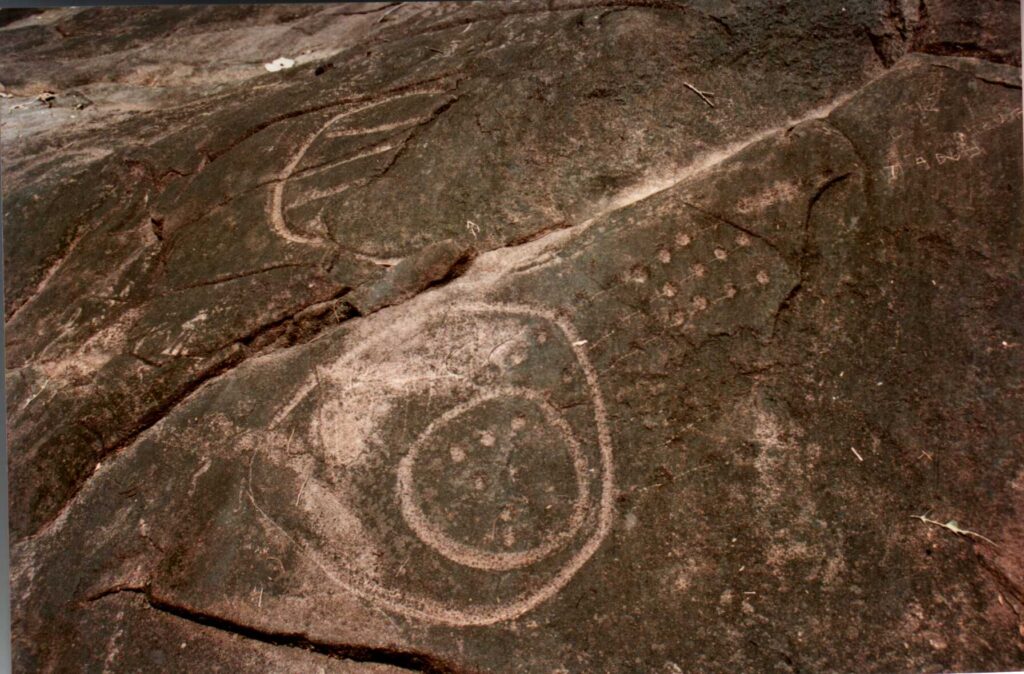

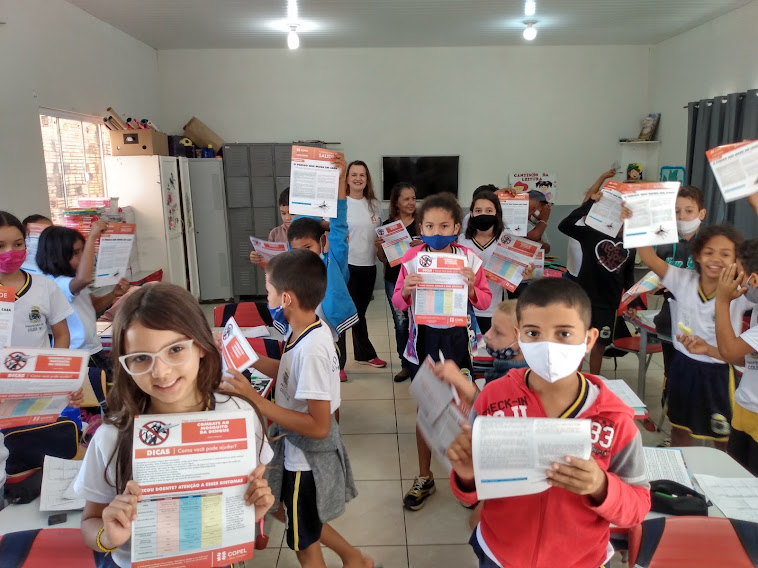
Protected Cultural Assets: Listed, Archaeological, Valued and Registered
Archaeological assets are material evidence of the presence of man in a given region, such as produced objects, evidence of occupation, marks, paintings and engravings. The places where these signs are concentrated are called archaeological sites.
Before implementing a project, in compliance with current legislation, a survey of the archaeological potential of the intervention area is carried out. If archaeological remains are identified in the studies, an entire archaeological heritage management work is carried out, with delimitation, signage, in situ preservation or rescue and archaeological monitoring actions. The local community and construction workers are involved in the process of preserving archaeological heritage, through the integrated heritage education project, where research results are disseminated in a didactic and playful way.
Registered cultural assets, of an intangible nature, are representations of the groups that form Brazilian society, recognized by the responsible bodies and safeguarded through the Registry. Some examples are knowledge, crafts, ways of doing things, celebrations, languages, forms of expression and places that host collective cultural practices.
Still in the category of assets of a material nature, Valuation is the instrument used to safeguard movable and immovable assets originating from the former Federal Railway Network that have artistic, historical and cultural value, to preserve the railway memory.
Listing is an administrative instrument used by government entities to protect material assets, such as buildings, collections and documents.
In preliminary studies for the implementation of Copel projects, activities are developed to preserve and enhance this Brazilian Cultural Heritage. The Management Programs for Listed, Valued and Registered Cultural Assets are developed in compliance with legal requirements, and occur in partnership with the local community, such as signage, publications, dissemination and promotion.
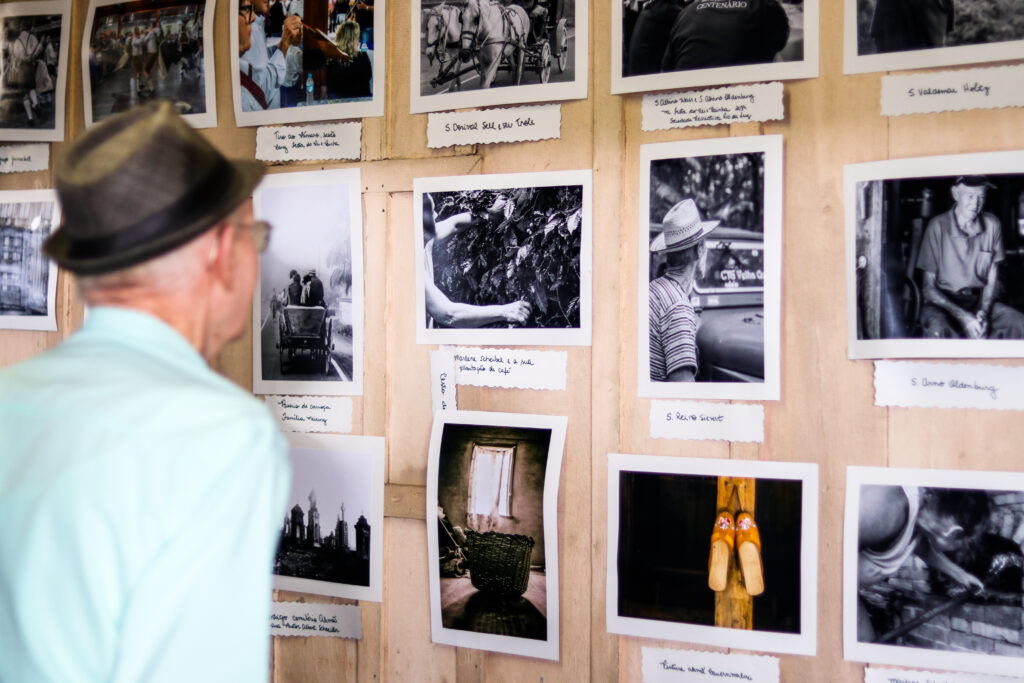
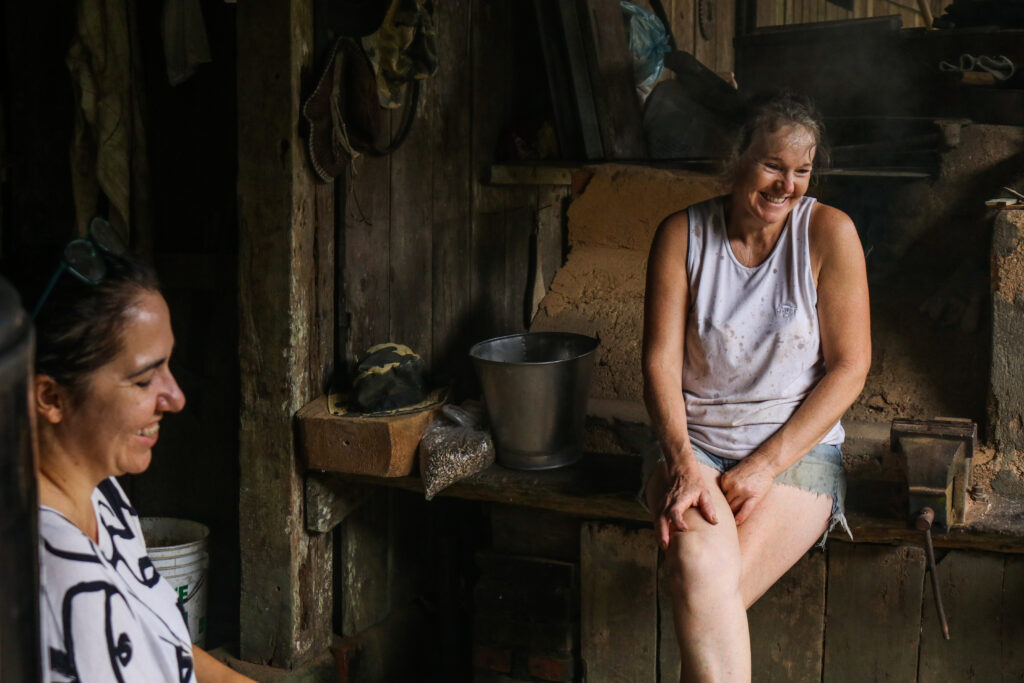
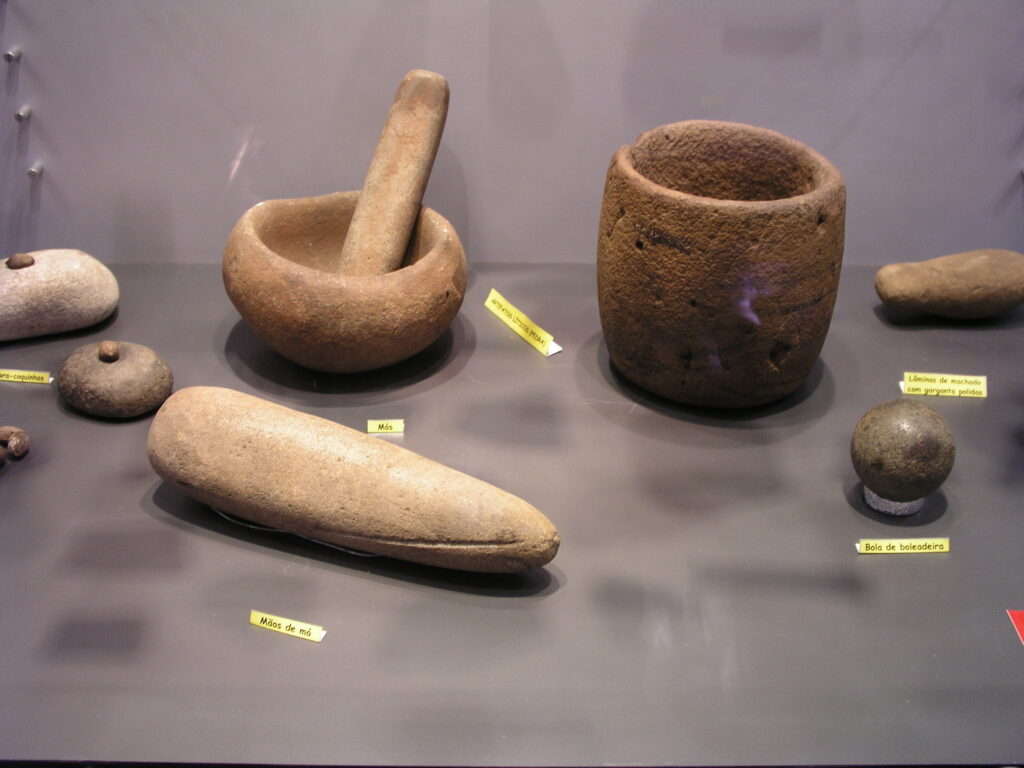
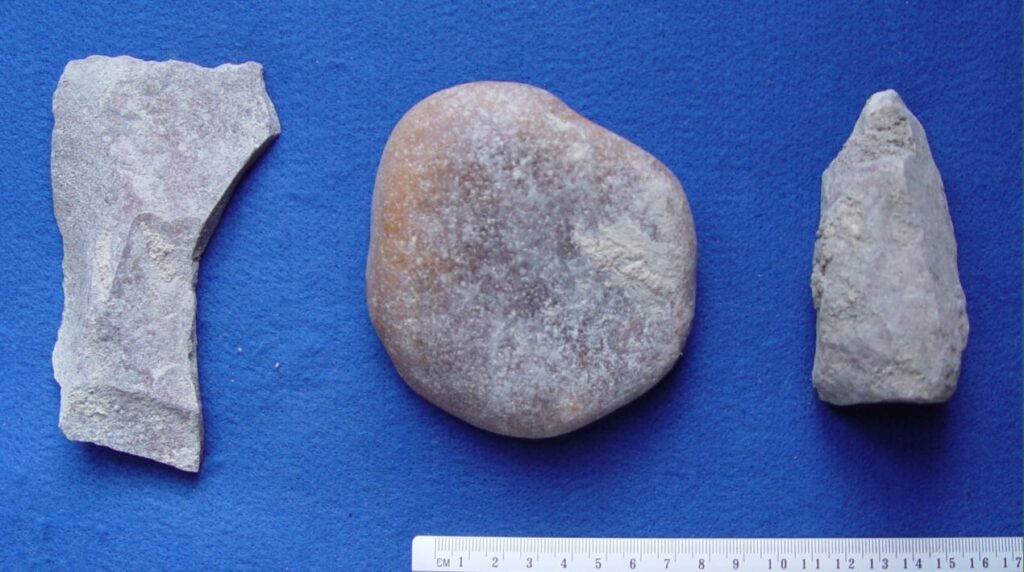
Regulation
The National Historical and Artistic Heritage Institute (Iphan) is a federal agency linked to the Ministry of Culture that is responsible for the preservation of Brazilian Cultural Heritage, exercising oversight functions and defining the guidelines for its preservation.
Iphan published Normative Instruction No. 001, dated March 25, 2015, establishing the administrative procedures it was responsible for in environmental licensing processes and defining its scope of action on protected cultural assets. In Article 2 of IN 001/2015, there is the classification of cultural assets protected at the federal level, as follows:
I – Listed, under the terms of Decree-Law nº 25, of November 30, 1937;
II – Archaeological, protected in accordance with the provisions of Law No. 3,924, of July 26, 1961;
III – Registered, under the terms of Decree No. 3,551, of August 4, 2000; and
IV – Valued, under the terms of Law No. 11,483, of May 31, 2007.
Cultural Support
The publication of the book was one of the initiatives provided for in the environmental licensing of the Esperança do Nordeste Wind Farm, which is part of the Cutia Wind Farm Complex, installed by Copel on the Potiguar coast.




